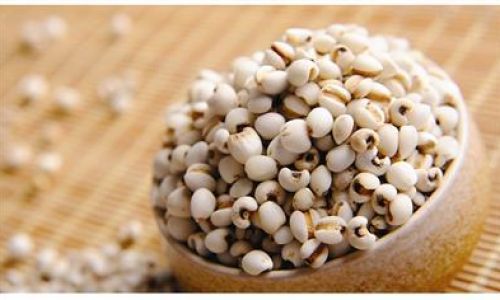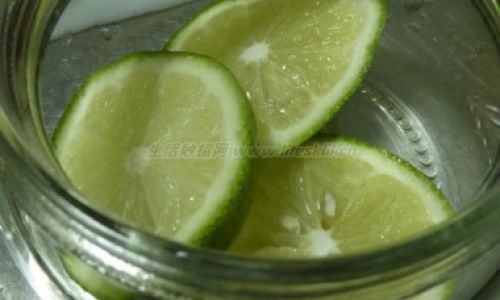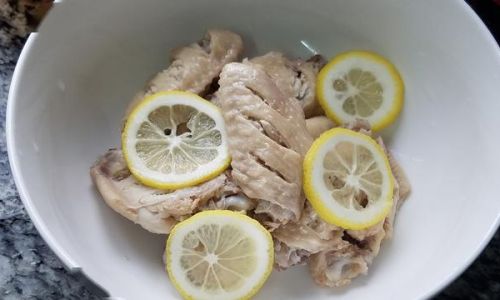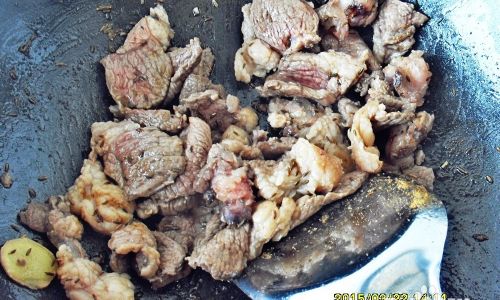Introduction
In the vast realm of natural remedies and dietary supplements, few ingredients have garnered as much attention and praise as Coix seed, commonly known as Job’s tears or adlay. This gluten-free grain, belonging to the grass family Poaceae, has been a staple in traditional Chinese medicine and cuisine for centuries. Renowned for its myriad health benefits, from aiding digestion to promoting skin health, Job’s tears have found their way into modern wellness routines worldwide. However, to fully harness the nutritional potential of these tiny seeds, proper preparation is crucial. One of the most fundamental steps in preparing Job’s tears for consumption is soaking—a process that significantly impacts their texture, digestibility, and nutrient availability. This article delves into the optimal soaking time for Job’s tears, exploring the science behind it, the benefits it offers, and practical tips for achieving the best results.

Understanding Job’s Tears: A Brief Botanical Overview
Before discussing soaking times, it’s essential to understand what Job’s tears are and their nutritional profile. Coix lacryma-jobi, the botanical name for Job’s tears, is a type of cereal grain native to tropical and subtropical regions of Asia. Unlike other grains, Job’s tears have a unique nutritional composition, rich in dietary fiber, essential amino acids, vitamins, and minerals. They also contain bioactive compounds such as coixenolide, which have been studied for their anti-inflammatory and antioxidant properties.
Job’s tears are typically consumed in various forms—cooked as a cereal, ground into flour for baking, or used in herbal teas and supplements. Their versatility makes them a valuable addition to both savory and sweet dishes, appealing to a wide range of palates.
The Importance of Soaking: Enhancing Digestibility and Nutrient Absorption
Soaking grains, including Job’s tears, is an ancient practice that serves multiple purposes. Primarily, it initiates the germination process, breaking down complex carbohydrates and making them more digestible. By soaking, the seeds absorb water, causing the enzymes within to become more active. These enzymes break down starches into simpler sugars, reducing the burden on the digestive system and enhancing the absorption of nutrients.
Moreover, soaking helps to neutralize certain anti-nutrients present in grains, such as phytates and tannins. Phytates can bind to minerals like iron and calcium, making them less available for absorption. Tannins, on the other hand, can contribute to astringency and sometimes interfere with protein digestion. By soaking Job’s tears, these anti-nutrients are reduced, allowing for better mineral absorption and a smoother digestive experience.
Determining the Optimal Soaking Time
The optimal soaking time for Job’s tears can vary depending on several factors, including the desired texture, the cooking method, and personal preference. However, a general guideline can be established based on common practices and nutritional considerations.
-
Short Soak (4-6 Hours): For those who prefer a firmer texture or are pressed for time, a short soak of 4 to 6 hours is sufficient. This method is ideal if you plan to use Job’s tears in salads, stir-fries, or dishes where a bit of crunch is desired. It also works well for those who find longer soaking times inconvenient.
-
Standard Soak (8-12 Hours): The most commonly recommended soaking time for Job’s tears is between 8 and 12 hours. This period allows for adequate water absorption, enzyme activation, and partial starch breakdown, resulting in a tender yet slightly chewy texture. This method is perfect for preparing Job’s tears for porridges, soups, and stews, where a creamy consistency and full flavor are desired.
-
Overnight Soak (12-24 Hours): For those who prefer a softer, more porridge-like consistency or are looking to maximize nutrient extraction, an overnight soak of 12 to 24 hours can be beneficial. This extended soaking period ensures maximum hydration and enzyme activity, making the Job’s tears easier to digest and more nutrient-dense. It’s particularly suitable for making breakfast cereals, smoothies, or any dish where a creamy, smooth texture is preferred.
Factors Influencing Soaking Time
Several variables can affect the optimal soaking time for Job’s tears, including:

-
Temperature: Warmer temperatures accelerate the soaking process, while cooler temperatures slow it down. Room temperature soaking is generally recommended for standard soaking times, but during colder seasons or climates, slightly longer soaking periods may be necessary.
-
Water Quality: The purity and mineral content of the soaking water can impact the outcome. Using filtered or spring water is advisable to avoid any unwanted contaminants or flavors.
-
Variety and Age of Seeds: Different varieties of Job’s tears may have varying soaking requirements. Older seeds may require longer soaking times to soften properly.
-
Intended Use: The final dish or purpose for which the Job’s tears are being prepared will influence the soaking time. Dishes requiring a softer texture will benefit from longer soaking, while those needing a firmer texture will do well with shorter soaking periods.
Practical Tips for Soaking Job’s Tears
-
Rinsing: Always start by rinsing the Job’s tears thoroughly under cold running water to remove any dust, debris, or impurities.
-
Water Ratio: Use a ratio of approximately 2 parts water to 1 part Job’s tears for soaking. This ensures adequate hydration without making the seeds too waterlogged.
-
Changing Water: For overnight or extended soaking, consider changing the soaking water at least once to prevent the growth of unwanted bacteria and to maintain freshness.
-
Storage: If soaking in advance, store the soaked Job’s tears in an airtight container in the refrigerator. They can be kept for up to 2 days before cooking.
-
Cooking: After soaking, drain the Job’s tears well and proceed with your chosen cooking method. Remember, soaked Job’s tears will cook faster than unsoaked ones, so adjust cooking times accordingly.
Conclusion
In conclusion, soaking Job’s tears is a crucial step in unlocking their nutritional potential and enhancing their digestibility. By understanding the science behind soaking and experimenting with different soaking times, you can tailor the preparation to your personal preferences and dietary needs. Whether you prefer a firmer texture for salads or a creamy consistency for porridges, the right soaking time will ensure that your Job’s tears are not only delicious but also packed with nutrients. As you incorporate this ancient grain into your diet, remember that the journey to optimal health often begins with the simplest of preparations. Happy soaking and cooking!






0 comments